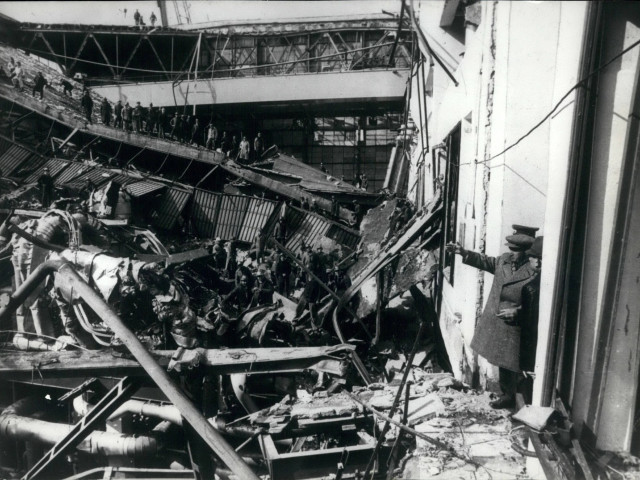The quays and bridges headache file recently received yet another new chapter. According to traffic alderman Melanie Van der Horst, from 2026 there is a risk that there will be insufficient money for the much-needed renovations. A worrying and unnecessary development, according to architect André van Stigt and logistics expert Walther Ploos van Amstel.
“Sharon Dijksma has put this on the map and it is now being pushed back,” says Van Stigt. “That’s actually for no reason, except that there is no money. But ‘there is no money’ is not a reason. Then you have to do it smarter. There is a problem and it needs to be solved.”
Sinkholes and collapsed quays
Short-term solutions
This means, among other things, that alderman Van der Horst will focus on shoring up weak spots in some places, so that they can probably last another thirty years or so. This while Dijksma wanted to invest in long-term solutions.
“The risk of there being no money for a while is that we will disrupt that very nice train of tackling things faster,” says Ploos van Amstel. “And then you are putting away a lot of ‘good money’, while you want a good approach all at once and as quickly as possible. So I’m really worried.”
Remove causes
Van Stigt shares those concerns. “You can’t just stick plasters on. And I think it’s very important that as a city, when you want to make cuts, you have to see if you can remove the causes. Then you’re not just fighting the consequences. “
One of those causes is the heavy weight that the bridges and quays have to endure on a daily basis, something they were not built for at the time. “Think especially of those idiotic cranes, those mobile cranes that everyone puts down. So those are very heavy extreme loads,” says Van Stigt. “For the rest, we see that a lot of that freight traffic does not bundle. You have to bundle at the edge of the city, so that you get far fewer movements into the city, as is now happening in Westpoort, for example,” adds Ploos van Amstel.
“While the agreement is: don’t stand still on those vulnerable bridges, that creates a huge burden. I think we should address the sectors that are now getting an exemption a little harder. ‘.”
To enforce
“Of course you have to do all that adjustment for a hundred years and not for twenty-five years,” says Ploos van Amstel. “And finish that work, not just stick emergency plasters,” says Van Stigt. Finally, Ploos van Amstel: “And enforce it. Ensure that the sector adheres to the rules we have with each other.”


